
By Christabel Danso ABEAM
Airborne mercury levels in some small-scale mining communities across Ghana have risen to alarming levels – more than 150 times higher than global safety limits, according to a new national study by Pure Earth and the Environmental Protection Agency (EPA).
The report, which assessed mercury and other heavy metals in mining areas across six regions, described the situation as an escalating environmental and public health emergency.
At Wassa Kayianko in the Western Region, mercury vapour averaged 1.84 microgrammes per cubic metre (µg/m³) – surpassing the global safety limit of 1 µg/m³ by 84 percent. The highest reading recorded was 150.2 µg/m³, indicating extreme exposure risks for residents.
Dr. Esmond Wisdom Quansah, Country Director-Pure Earth, warned that gaseous mercury poses immediate danger because it is directly inhaled into the body. “Mercury in its gaseous state is more deadly – the effects can be instantaneous,” he told B&FT.
Toxic traces in water, soil and food
The Mercury and Other Heavy Metals Impact Assessment, conducted between August 2024 and September 2025, covered the Ashanti, Western, Eastern, Savannah, Central and Western North Regions.
Water samples from Lake Amponsah (Western North), Asiakwa (Eastern) and Nyamebekyere (Western) contained mercury levels up to 0.01 mg/L – ten times Ghana’s national limit.
Soil samples from Konongo Zongo (Ashanti Region) contained an average of 56.4 parts per million (ppm) of mercury, exceeding the global soil guideline of 10 ppm. Other sites – Prestea, Dakrupe and Konongo Odumase – also showed contamination well above permissible levels.
Food crops such as spinach and tomatoes recorded mercury levels between 0.01 mg/kg and 4 mg/kg, within WHO/FAO limits. However, Dr. Quansah cautioned that without testing for methylmercury – the most toxic form – the real dietary risk may be underestimated.
The study also found lead (Pb) and arsenic (As) contamination threatening both soil and water quality.
Water from Asiakwa contained 0.47 mg/L of lead, far exceeding Ghana’s drinking-water limit of 0.01 mg/L. Fish from Konongo Zongo and Akwaboso (Central Region) contained lead concentrations up to 2.8 mg/kg, surpassing the WHO/FAO guideline of 0.3 mg/kg.
In addition, soil arsenic levels reached 10,060 ppm in some locations – more than 40 times the international guideline of 25 ppm. Water samples from Konongo Odumase, Nyamebekyere and Ankobrah showed arsenic concentrations up to 3.3 mg/L – far above the WHO limit of 0.01 mg/L.
Dr. Quansah warned that exposure to mercury, lead and arsenic can cause IQ loss in children, neurological damage, reproductive complications, kidney and liver failure and even death. He cited findings by Pure Earth and UNICEF linking chronic lead exposure to miscarriages and stillbirths.
He stressed that the report’s aim is not to create fear but rather urge authorities to act swiftly. “This is a call for urgency, not panic – we must protect Ghanaians’ health and the environment,” he said.
While acknowledging ongoing government efforts, Dr. Quansah called for faster policy reforms and stronger enforcement. He also encouraged the adoption of mercury-free mining technologies already implemented successfully in Peru, Colombia, Indonesia and the Philippines.
The post Mercury vapour in mining towns 150 times above safe limit – expert warns of looming health crisis appeared first on The Business & Financial Times.
Read Full Story

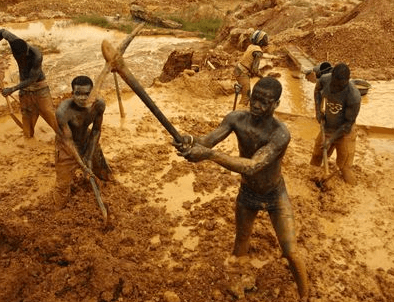




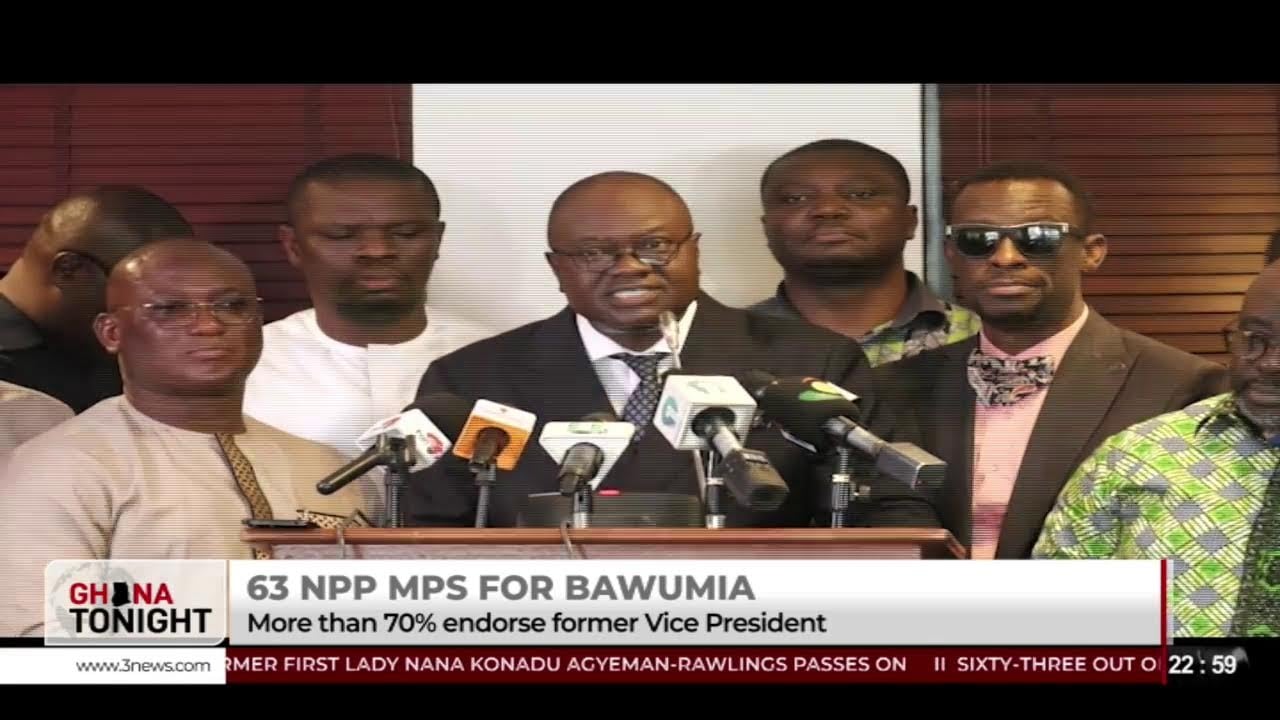




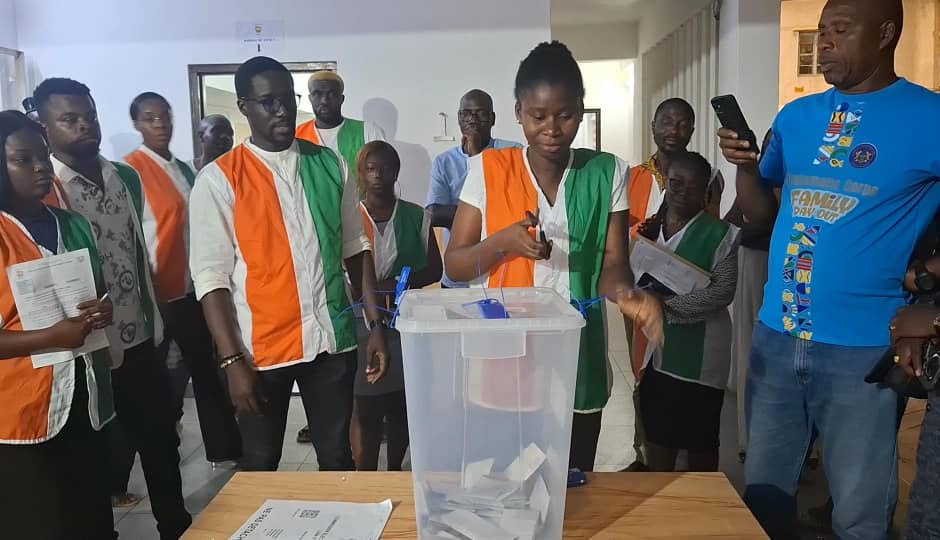
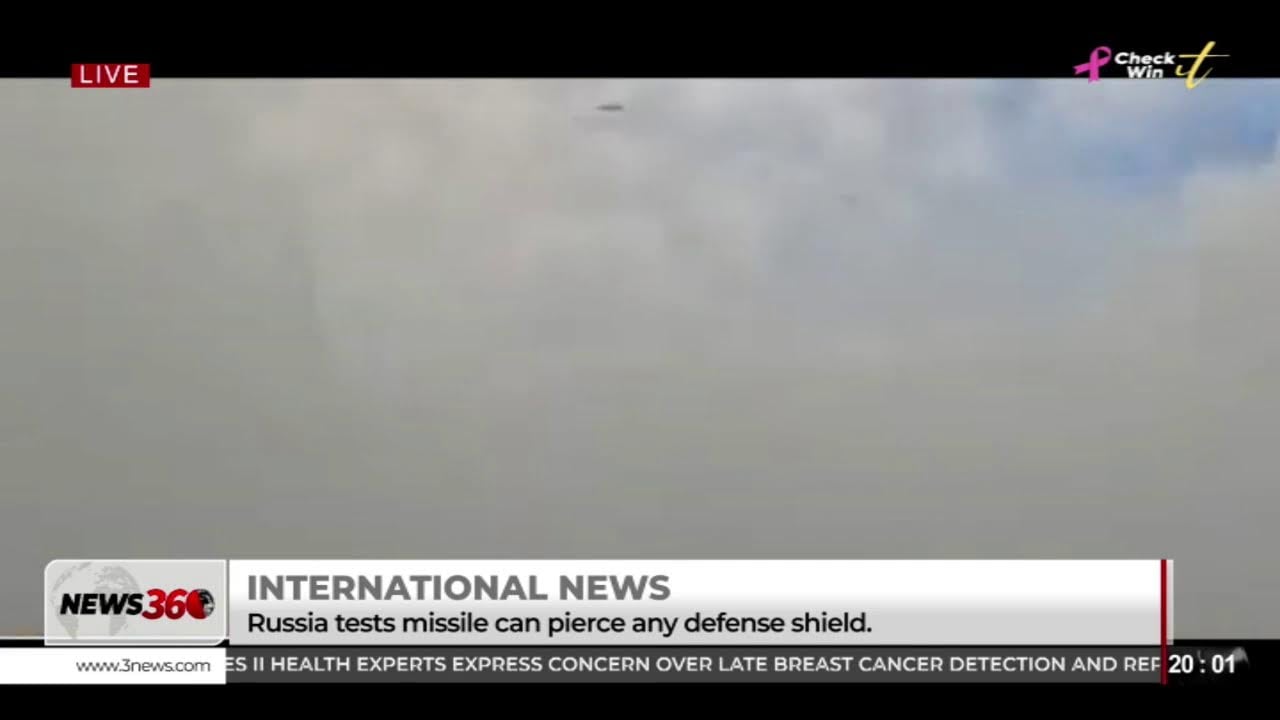
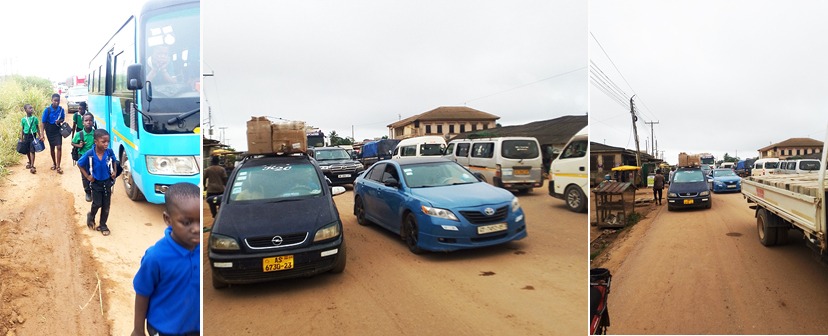
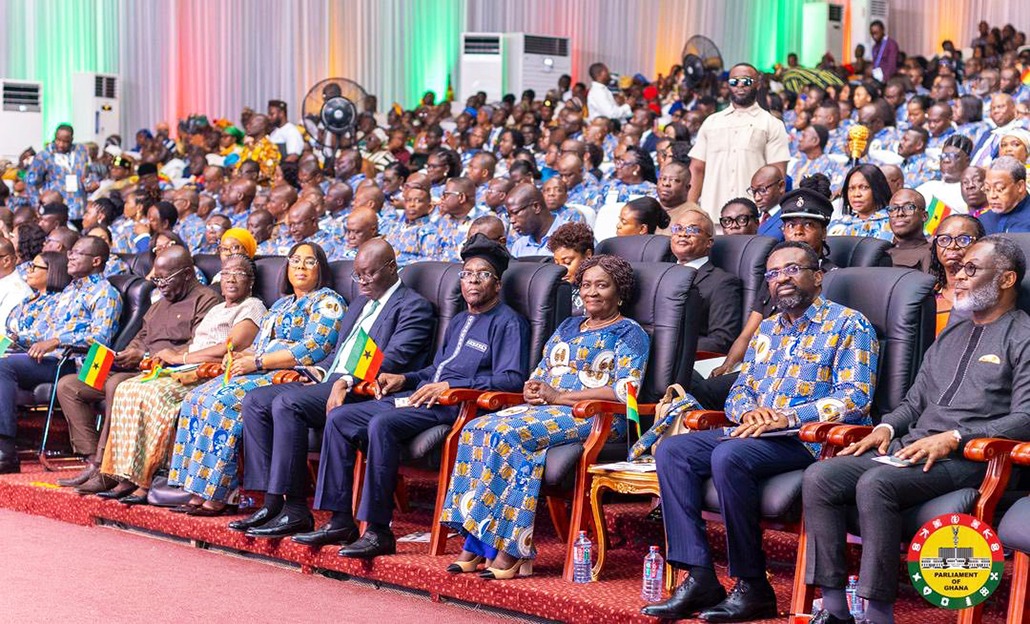

Facebook
Twitter
Pinterest
Instagram
Google+
YouTube
LinkedIn
RSS